9 Types of Free Compost Browns | The Simplest Fix For Slow and Slimy Compost Bins
Wondering how to get your compost bin working better? One of the most common questions I get about composting at home often has a really simple solution; beginner composters don’t have enough compost browns in their bin. Read on for nine great sources of brown material for compost bins.
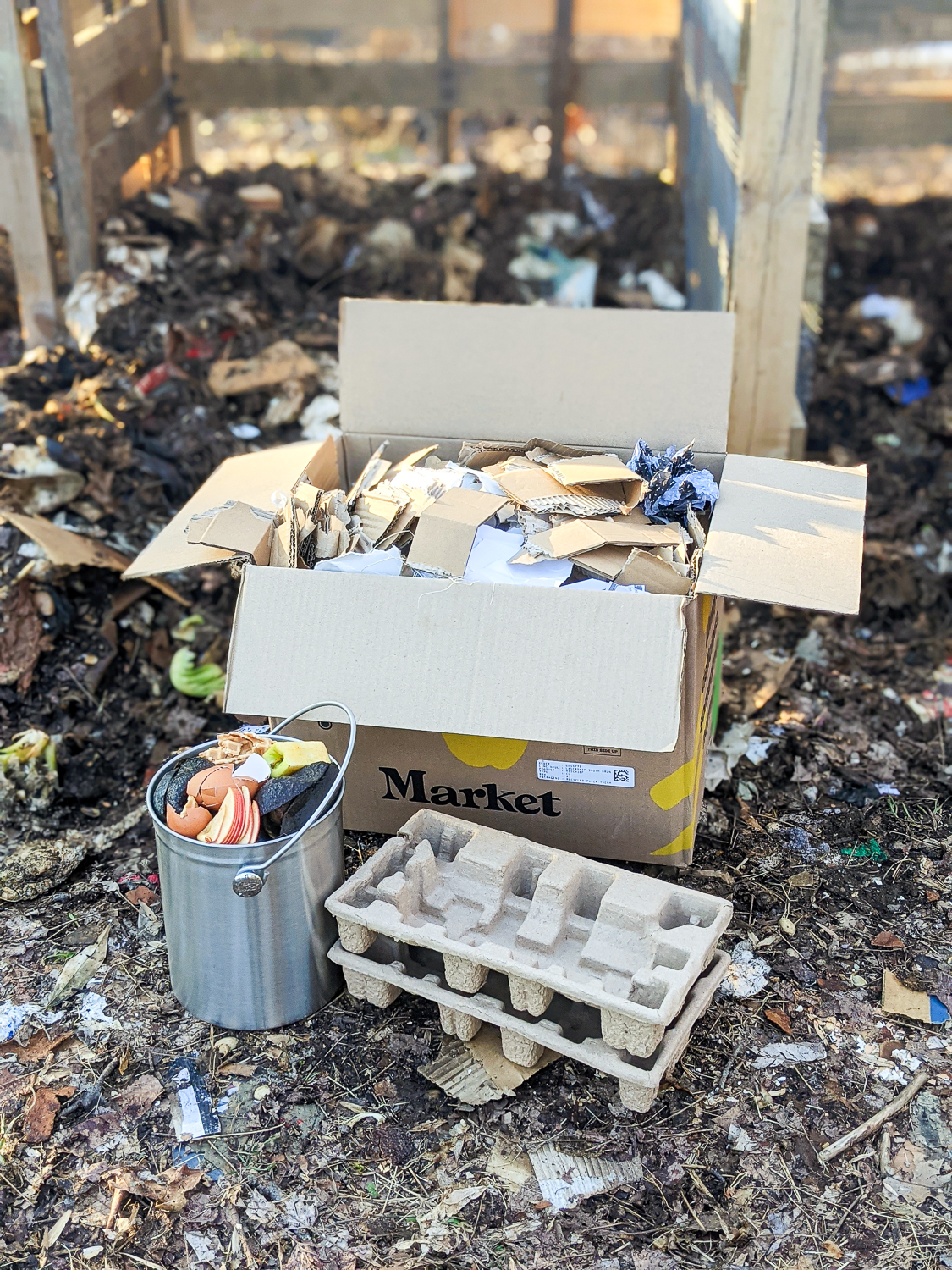
This post contains affiliate links.
Composting at home isn’t hard, but it can come with a learning curve. Some types of composting, like using a composting service or a community compost drop-off site, are stupidly simple. You’ll have these composting methods mastered in no time. But composting at home in an outdoor heap, for example, comes with a bit more of a learning curve. And there’s one question I get all the time!
Why is my compost slimy and slow to process?
Well-intentioned home composters often throw food scraps (compost greens) into a bin or heap with diligence. But at-home composters often forget to add compost browns to all the compost greens pouring into their bin from their kitchen.
Without enough brown matter for compost, the wet and nitrogen-rich green matter for compost becomes slimy, attracts insects, and seems slow to change. Bins without enough carbon-rich material also don’t produce much volume.
Compost browns to the rescue.
Sidenote: If you want to take a deeper dive into compost greens and browns, head on over to this article all about compost greens, compost browns, and compost green and brown ratios.
Compost browns are dry, carbon-rich ingredients in a compost pile that provide carbon (i.e. energy) to the microorganisms breaking down all the food scraps. Because they are quite dry, brown matter for compost helps prevent a pile from becoming a stinky, slimy mess. These items also compromise most of the “bulk” or volume of a compost pile.
In short, browns are best for a compost pile, and they’ll solve many of the composting messes that make at-home composters leery of nature’s perfect recycling system.
If you have a small compost pile that seems to be slimy and stagnant, there’s a pretty good chance you just need to add a bunch more compost browns to your pile. This brown matter will transform your compost pile into a sweet, Earthy-smelling, and loamy soil amendment in no time.
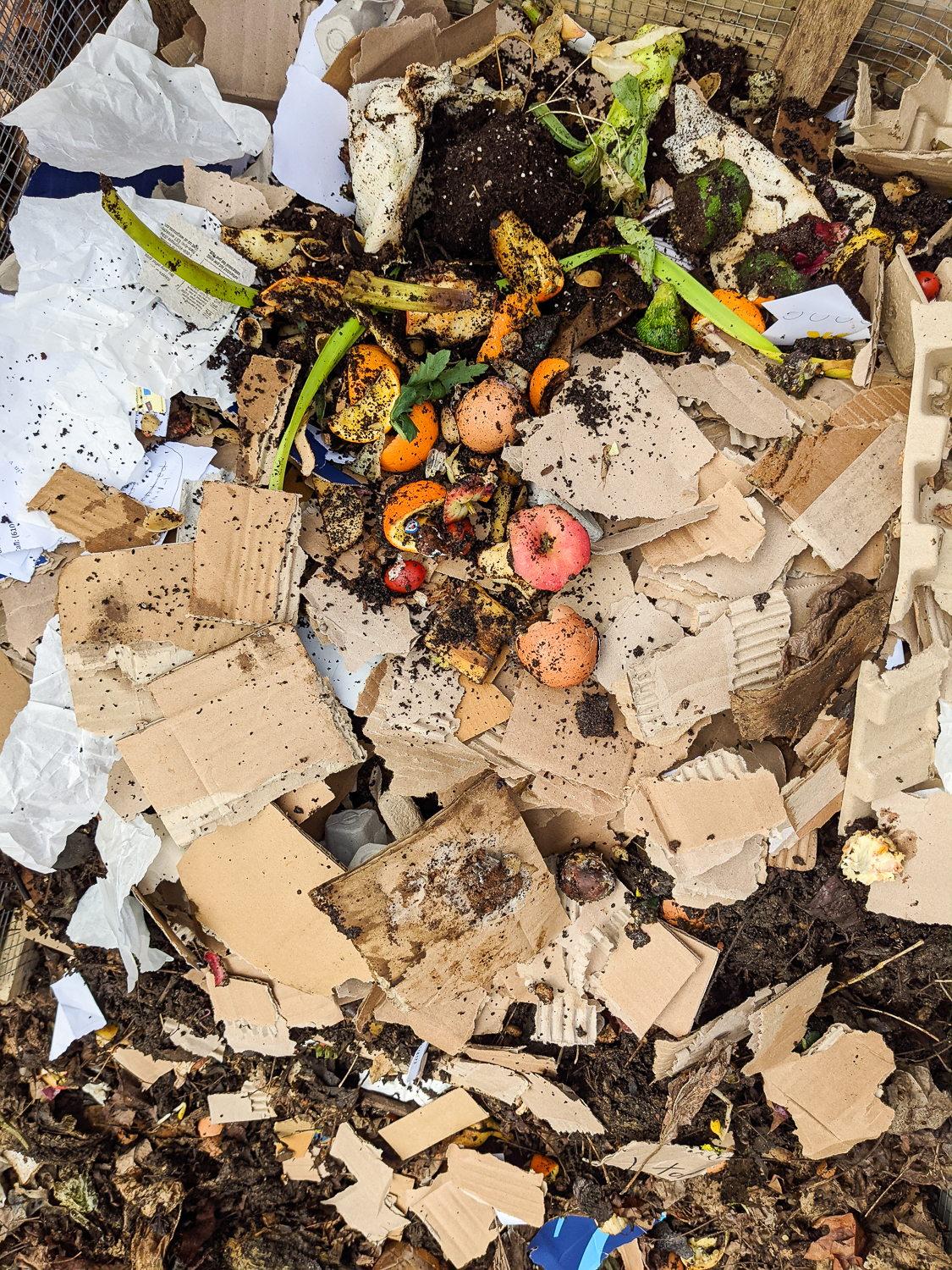
The Best Brown Materials For Compost At Home
So where do you find all these compost browns to beef up your curing compost? Brown matter for compost is really easy to find and hanging out in so many places. Here are some of the easiest browns to find for composting at home (and pssst… they’re all free – the best type of compost input on the market).
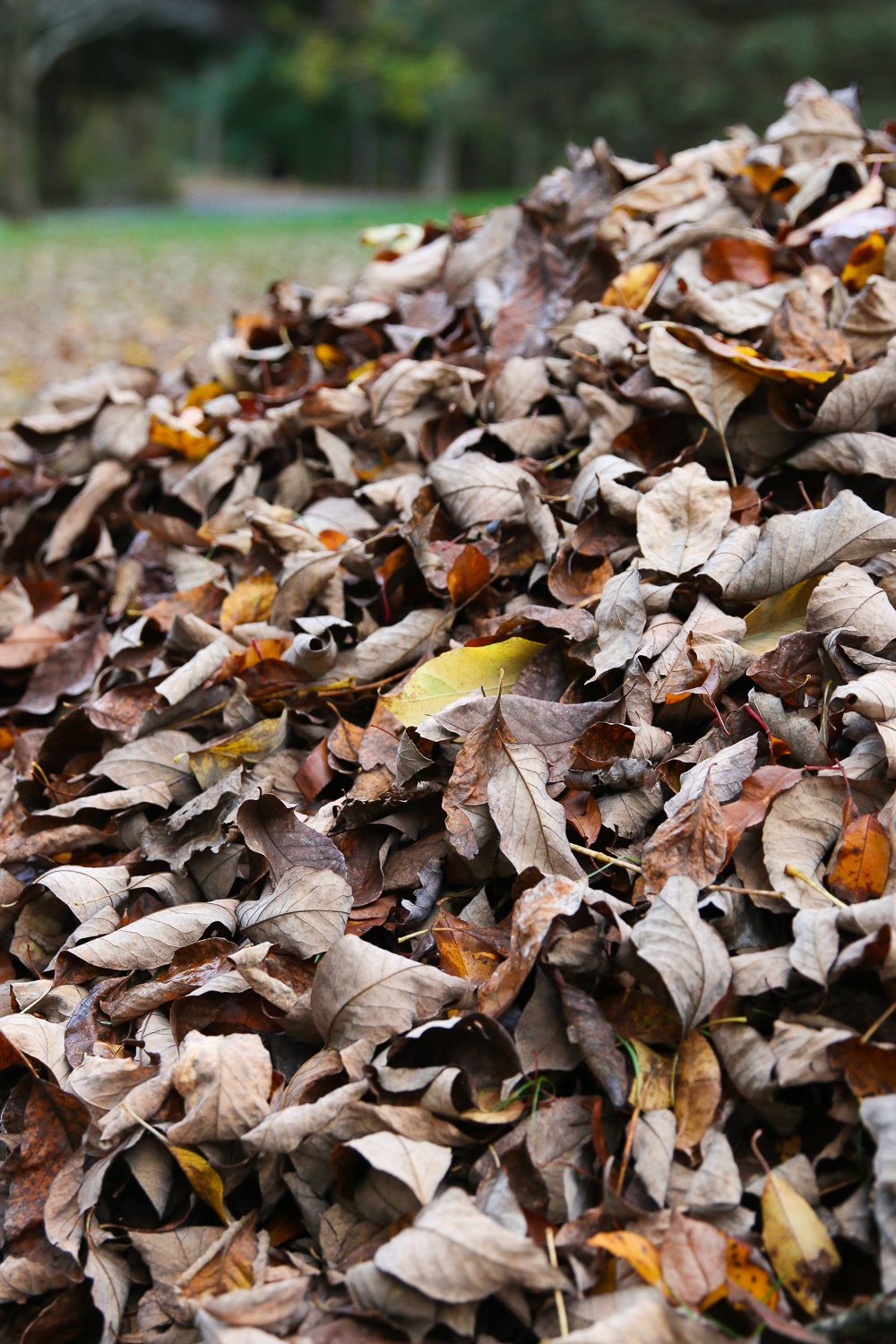
Dried Leaves For Compost At Home
Dried leaves are the quintessential compost brown. Autumn’s leaves fall to the ground and decompose over the winter to release their rich nutrients into the soil of the forest floor. They exemplify the natural process of using this year’s organic waste to feed next year’s fertile rebirth.
During the fall, gather up fallen leaves and add them to your compost bin. If you have space to store them, pack dried leaves in bags for winter and keep them in a dry place. Add them to your compost heap throughout the year to work with compost greens and keep your compost pile hot and active.
Even if you don’t have space to store dried leaves indoors where they can stay dry, pile them up in an outdoor bin like this repurposed DIY wooden pallet compost bin. You can move them to your active compost bin over time or let them break down and turn into a luscious leaf mold compost on their own.
Don’t feel confined to collecting only the leaves that fall in your yard. Gather leaves from neighbors if they don’t need them. Pick up leaves from the streets and add them to your compost bin. Not only will you create great compost, but you’re also helping to prevent street gutters from clogging up with fallen leaves. You’re doing nature and the public works department a favor.
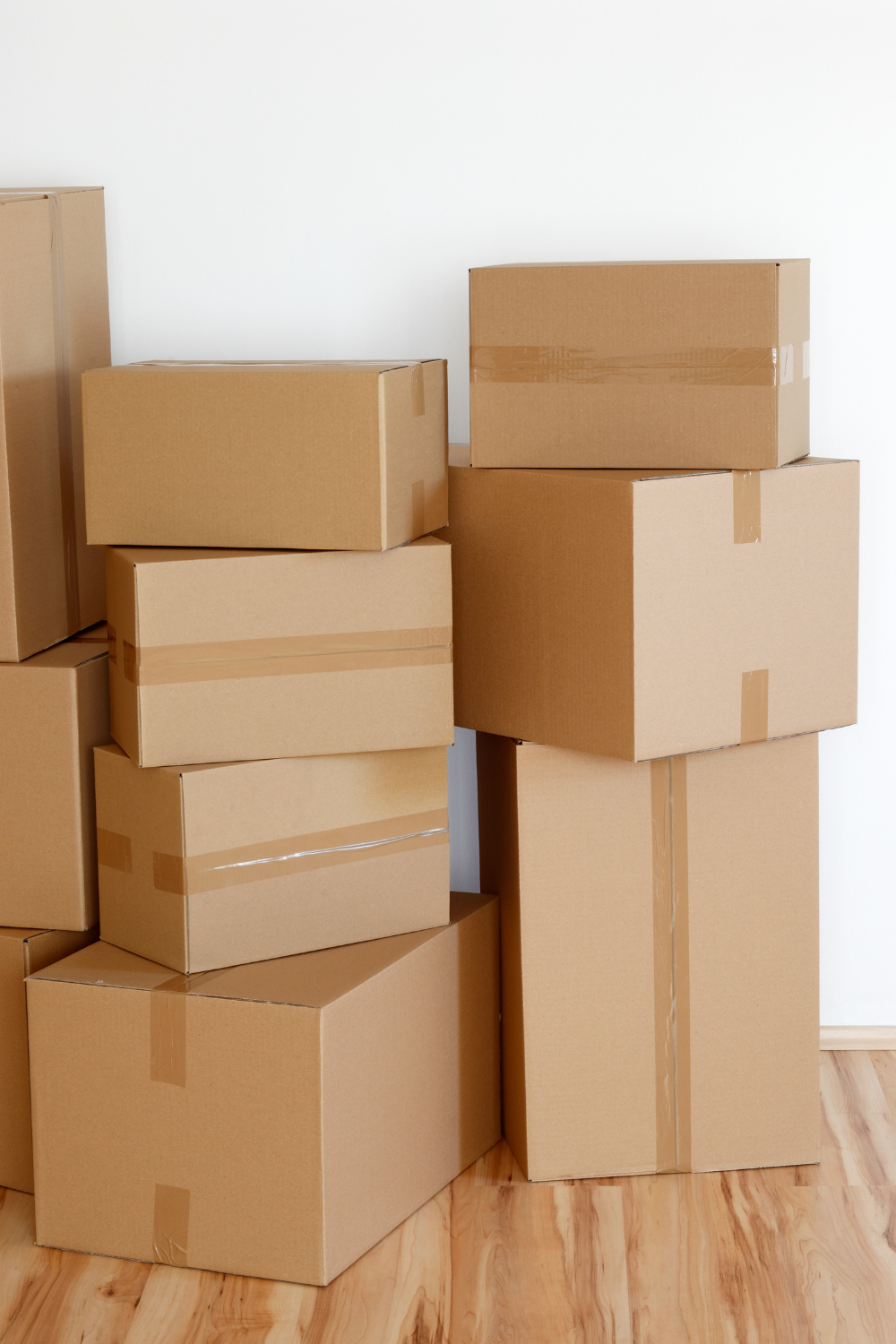
Cardboard Boxes For Home Compost Bins
So many people forget about this great source of carbon-rich browns. While I’m not a huge fan of Amazon, those Amazon boxes (and all the other shipping boxes that land on your front step) are amazing sources of carbon for your compost heap.
Shipping boxes made of corrugated cardboard provide lots of carbon for your pile. The small holes you see inside the cardboard (when you tear it in pieces) provide small pockets of air that are great for the microorganisms in the compost pile.
Tear up cardboard into pieces that are at least as small as a deck of playing cards (or smaller if you prefer to speed up the decomposition process). Cover the cardboard with a bit of soil or unfinished compost to heat up the pile, and the cardboard will combine with compost greens to form loamy humus before you know it.
Be sure to remove any tape or stickers. These are generally made of plastic, at least in part, and plastic won’t decompose properly in a compost pile. Also, decorated cardboard with a sheen on one side (like a cereal box) doesn’t belong in the compost pile either. Stick to clean cardboard without stickers or shine, though the ink on the cardboard (like the Amazon logo on an Amazon shipping box) is fine and will decompose without issues.
Related Reading: 10 Fun & Easy Ways To Reuse Cardboard Boxes (like Amazon Boxes)
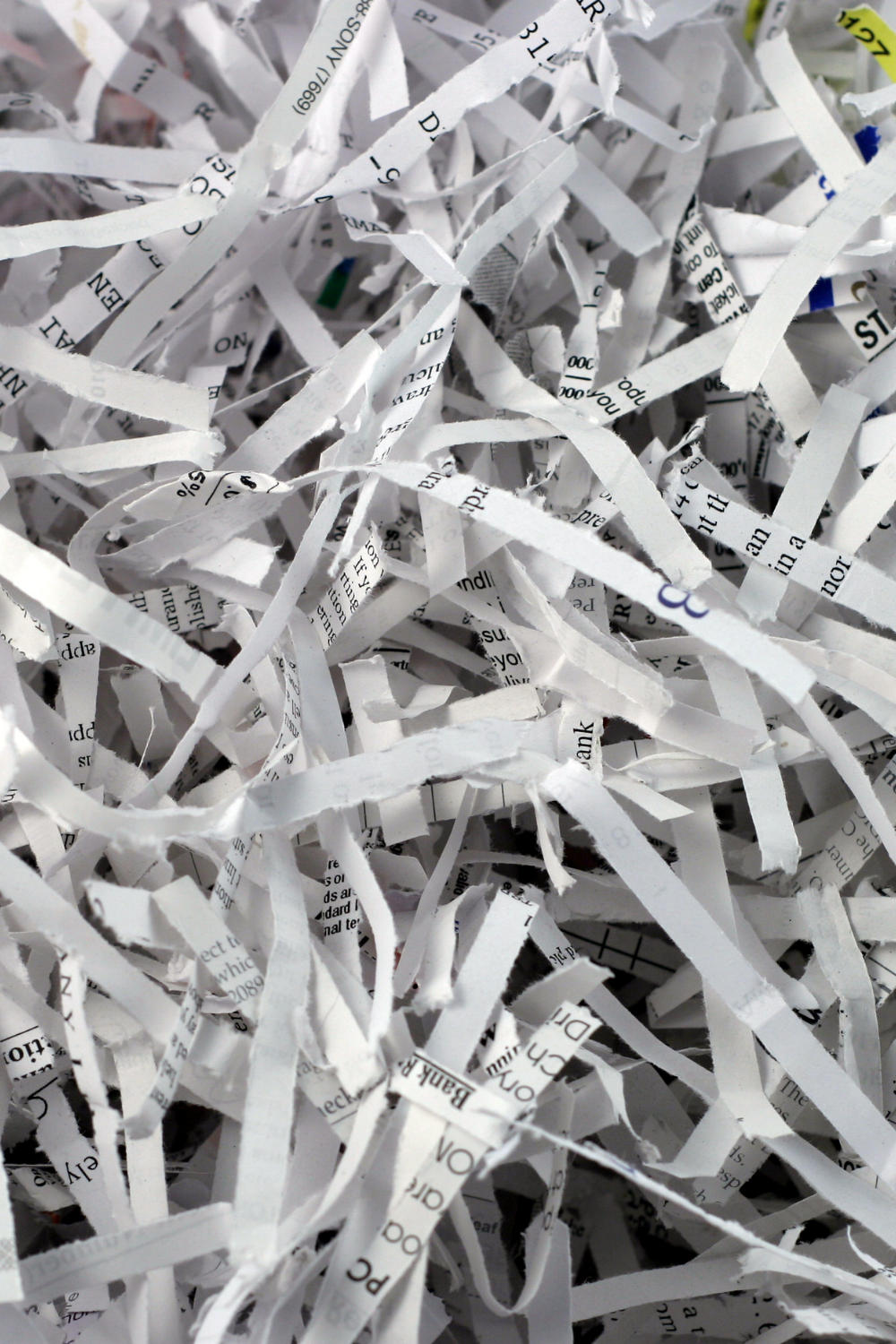
Shredded Newspaper and Printer Paper For Compost At Home
Printer paper and newspapers are great carbon-rich compost browns to add to your at-home compost heap. Full sheets of paper will get too damp and dense and slow the composting process. Be sure to shred newspapers or printer paper before adding it to your compost pile.
We have this paper shredder, which is great. For many years though, I just ripped up paper by hand for the compost pile before investing in our paper shredder. Tearing paper by hand works just fine.
Most inks are soy-based so they won’t contaminate your compost pile. Even non-soy-based inks will generally be fine because they will be broken down by the good bacteria and microorganisms in the pile.
My boys’ school sends home quite a few papers and notices. I use the backs of some of these sheets for grocery lists, and they all end up in the shredder and eventually the compost bin.
Even papers with marker ink, crayon markings, or pen and pencil marks head to the compost pile. Art and school supplies are typically non-toxic for children’s safety. If they are safe for kids to accidentally get in their mouths or draw all over their bodies, surely they are safe for a compost bin.
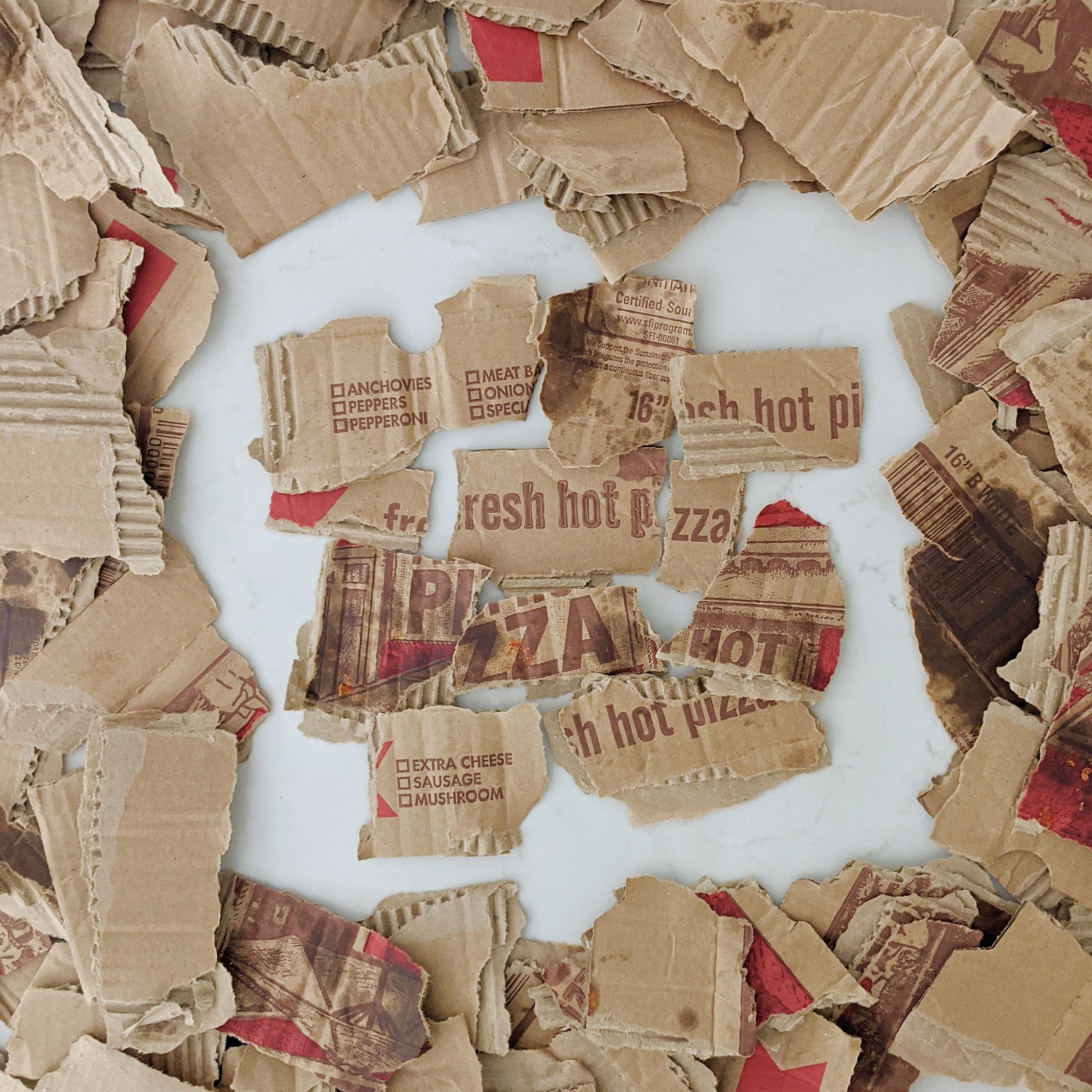
Pizza Boxes For Compost Browns
Did you know that greasy pizza boxes can’t be recycled? The grease contaminates the cardboard so it can’t be recycled into new paper products. However, greasy pizza boxes can definitely be composted.
Tear up pizza boxes into smaller pieces, at least as small as a deck of playing cards (like shipping boxes), and toss that greasy cardboard into your compost bin. The little bit of grease won’t hurt your compost bin at all!
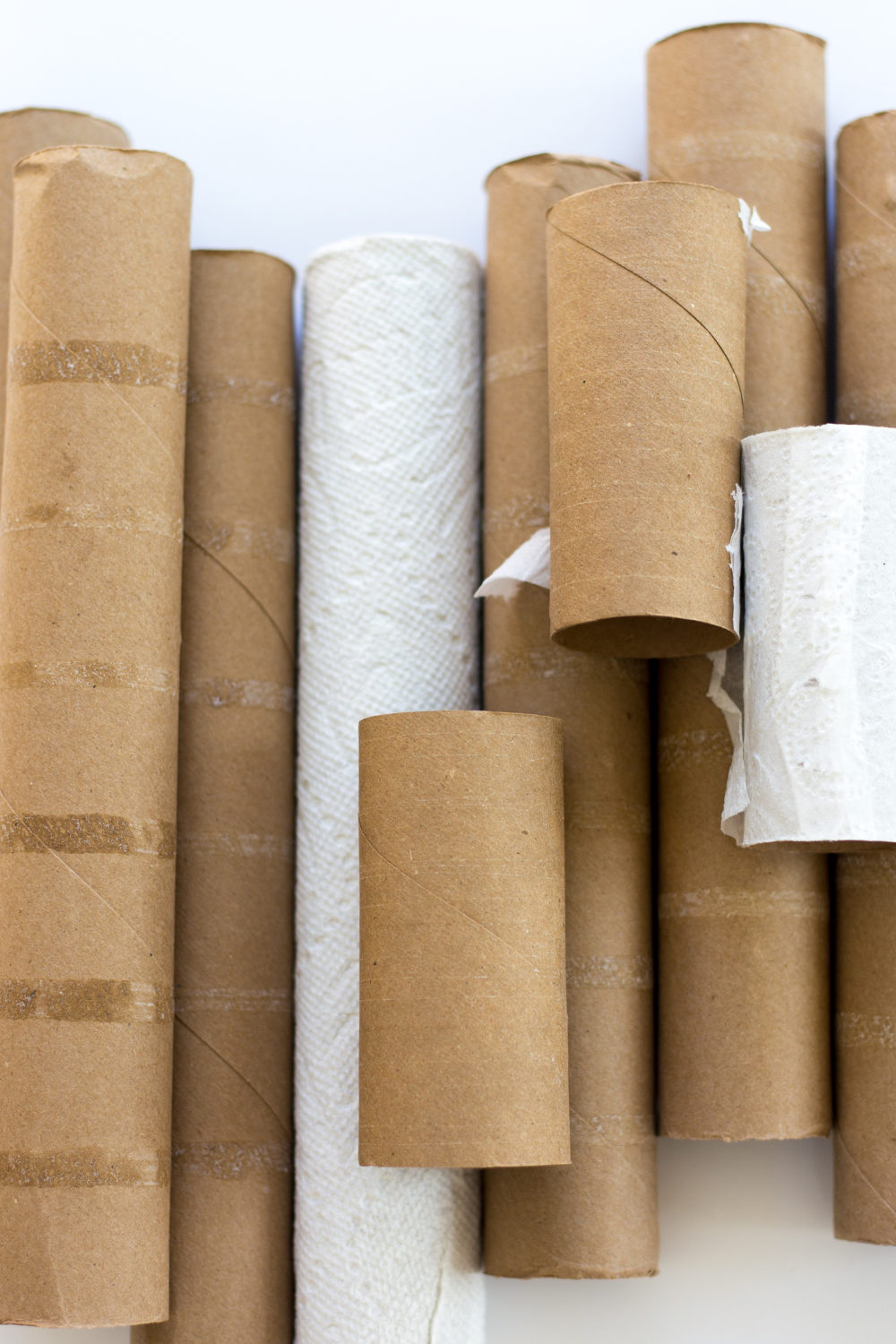
Toilet Paper and Paper Towel Rolls For Composting At Home
Toilet paper and paper towel rolls should never head to the trash bin. They are great for so many fun art projects. But if you’ve done all the art projects or aren’t in the mood for crafty repurposing, tear up the cardboard rolls and put them in your compost heap. It’s an even better alternative than recycling them.
Paperboard Egg Cartons For Compost At Home
When you go to the grocery store, skip the plastic or Styrofoam egg cartons and opt for the eggs in a paperboard carton. If you can’t reuse the paperboard egg cartons, tear them up and compost them. Just like all other products made of paper (and not lined with other materials), these are great compost browns to add to your pile.
Used Paper Towels For Home Compost Bin
So many people ask me about putting paper towels in their compost bins. The short is yes – you can definitely put paper towels in your compost heap as long as whatever is on the paper towels is also compostable.
We don’t use a lot of paper towels, but when we do, I often add them to our countertop compost bin. They help to absorb some of the liquid and mess that builds up over several days in a countertop bin.
Here’s the long answer to adding paper towels to your compost bin. Clean paper towels are always compostable. They are made of trees, trees are organic waste, and anything made from a tree is compostable. Clean paper towels are great for a compost bin, even though there’s not really a reason to put a clean paper towel in a compost pile.
But what about dirty paper towels? Dirty or used paper towels can go in the compost bin so long as whatever you wiped up with that dirty paper towel also is compostable.
If you cleaned up fruit juice or other types of food waste, toss it into your compost bin. Even if you wiped up something oily or something made from dairy or meat, go ahead and toss it into your compost bin. Just be sure it gets buried in the bin so it doesn’t attract rodents or pests.
All food products are compostable, but it’s not typically recommended to put oils, dairy products, and meats in an at-home compost bin because they slow down the decomposition process. They also have a greater tendency to get smelly and attract animals. However, a tiny bit of those products aren’t going to have any meaningful impact on your compost pile. Toss the paper towels in the compost bin if you used them to clean up bacon grease, a plate of oily pasta and sauce, or even a glass of spilled milk.
If you used paper towels for cleaning, however, you might want to reconsider composting them. If you used natural cleaning ingredients like baking soda and vinegar, compost those paper towels. If you used harsh chemical cleaners like bleach, I’d put those paper towels in the trash.
Really, I recommend using reusable towels for all those cleaning projects instead of paper towels. Toss them in the wash and reuse them again and again. But that’s a separate discussion for another day.
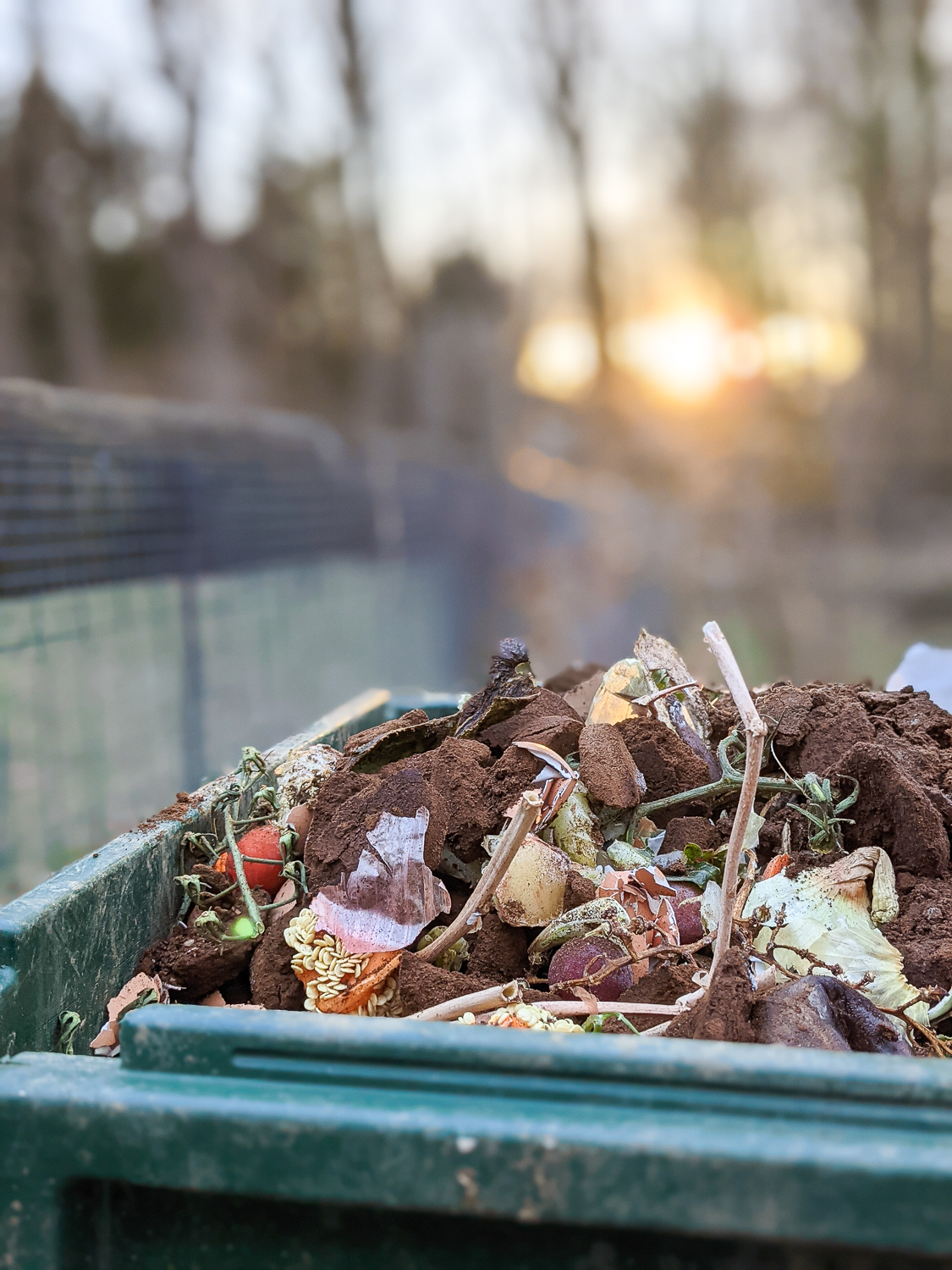
Many people have trouble finding enough brown matter for compost when they first start composting. They tend to toss the fall’s dried leaf harvest into the bin but forget about all the compost browns that show up inside the home. Cardboard, printer paper, newspaper, toilet paper and paper towel rolls, and even paper towels are great compost browns to balance out all the compost greens landing in your compost bin.
If you have any more ideas about where to find brown material for your at-home compost pile, leave them in the comments! The more ideas the merrier, and the easier it is for everyone to find a way to compost at home.
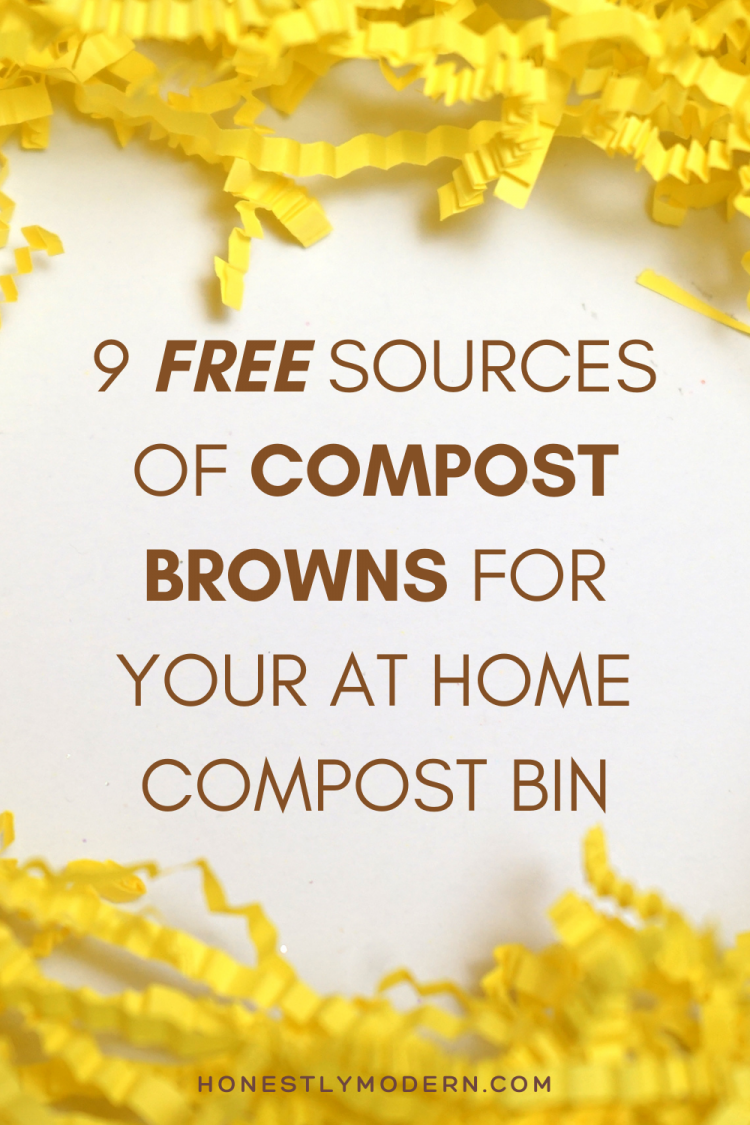
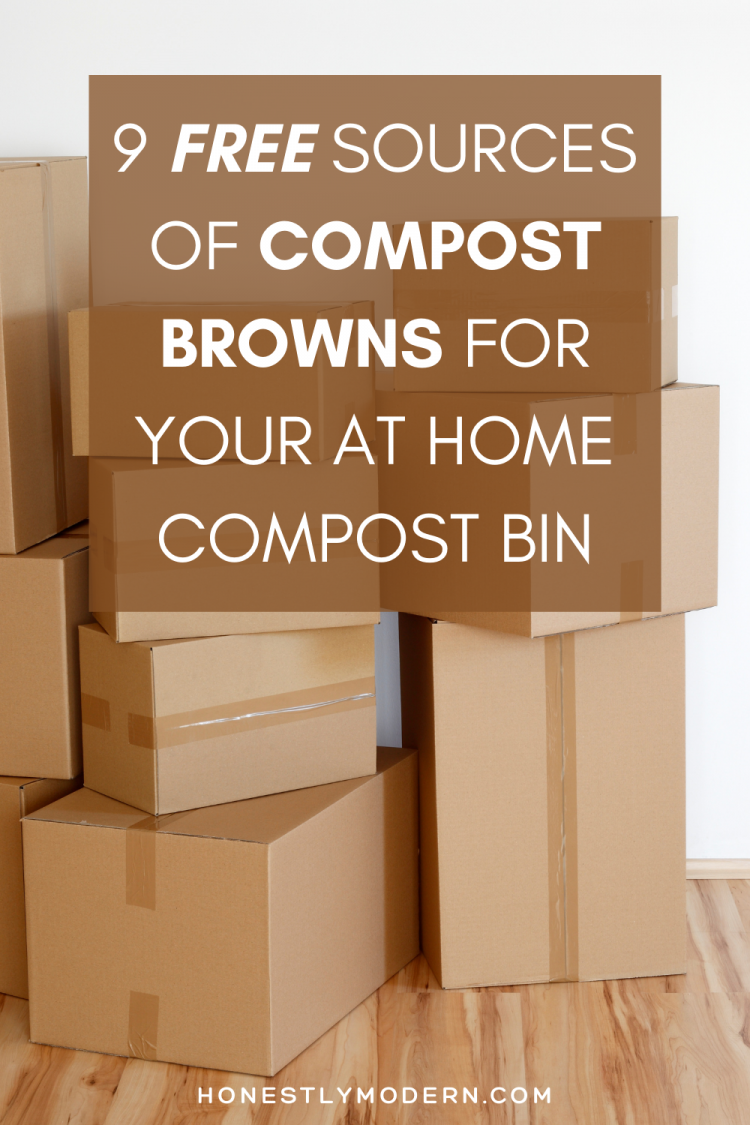
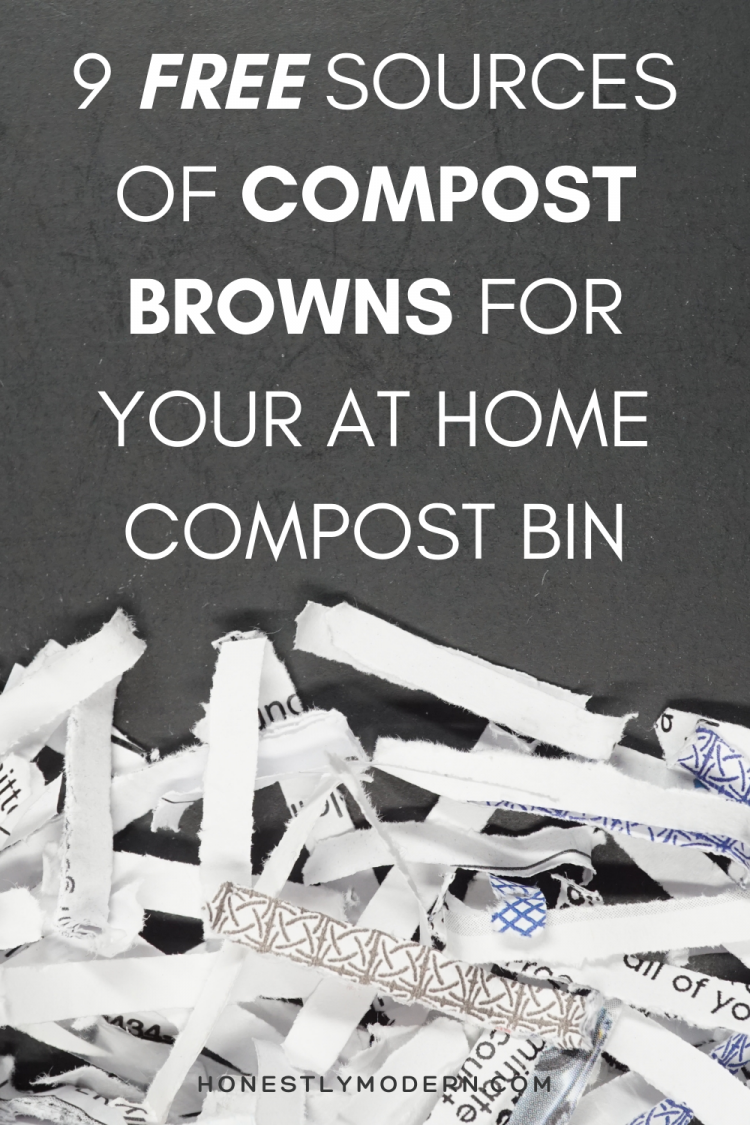

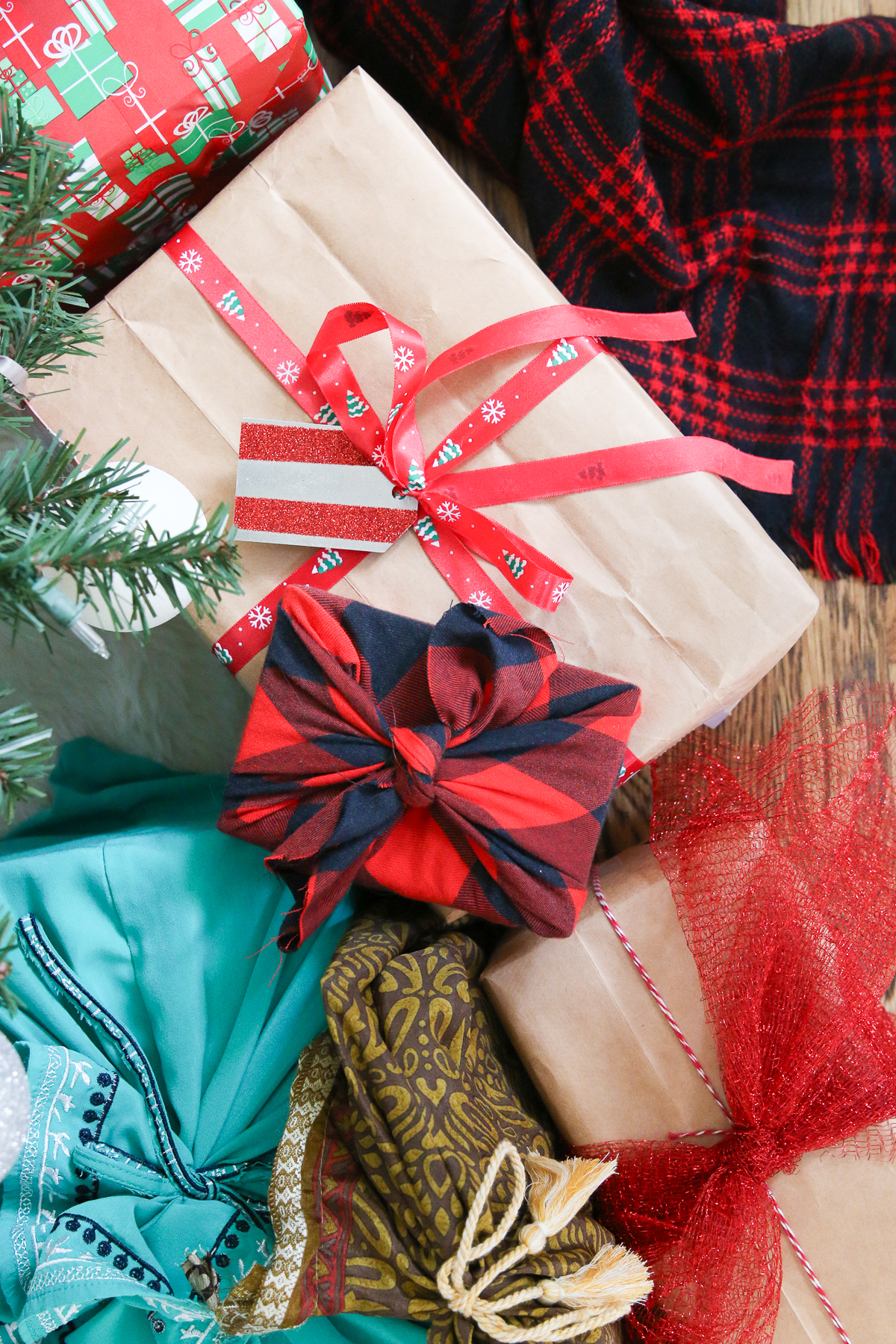
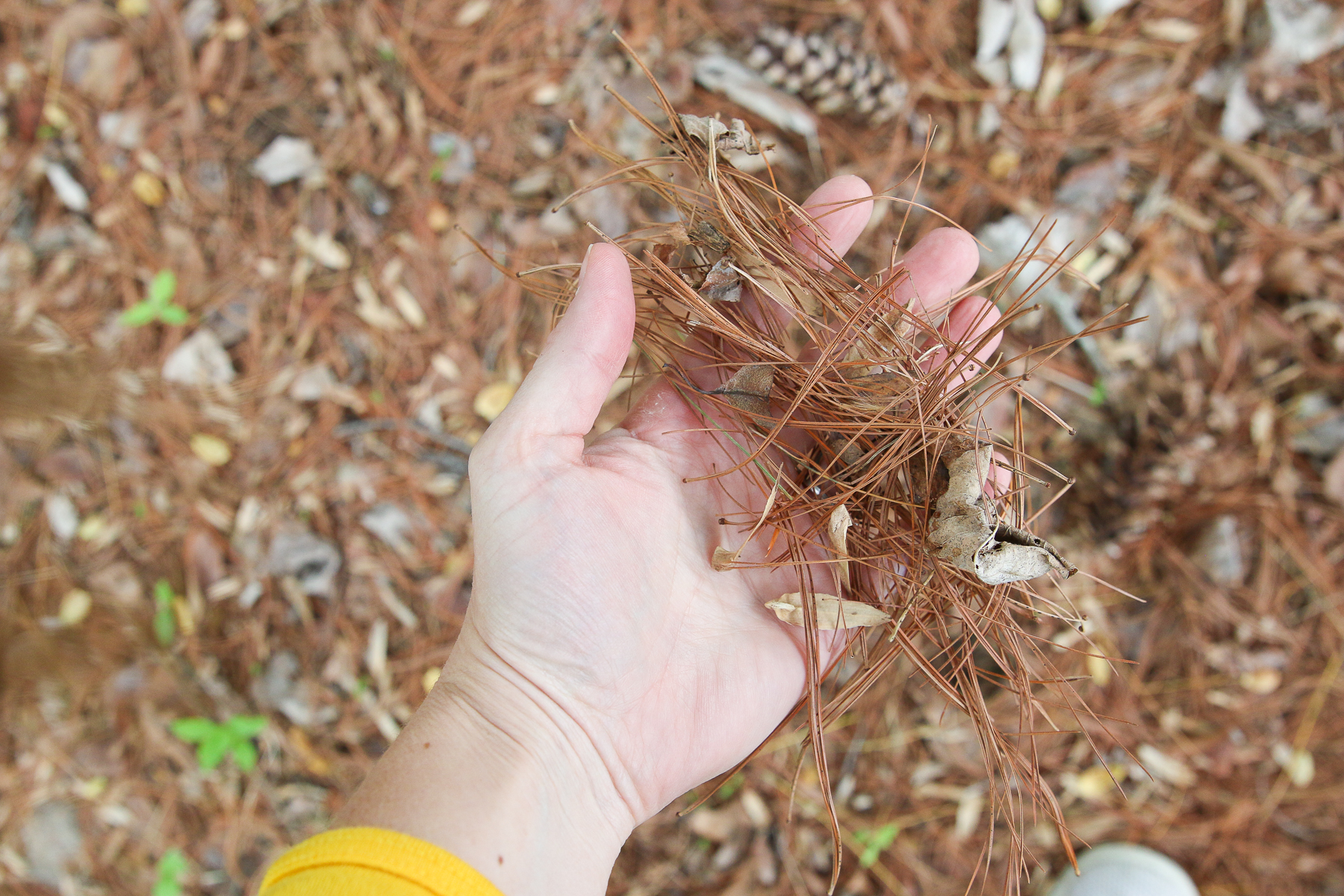
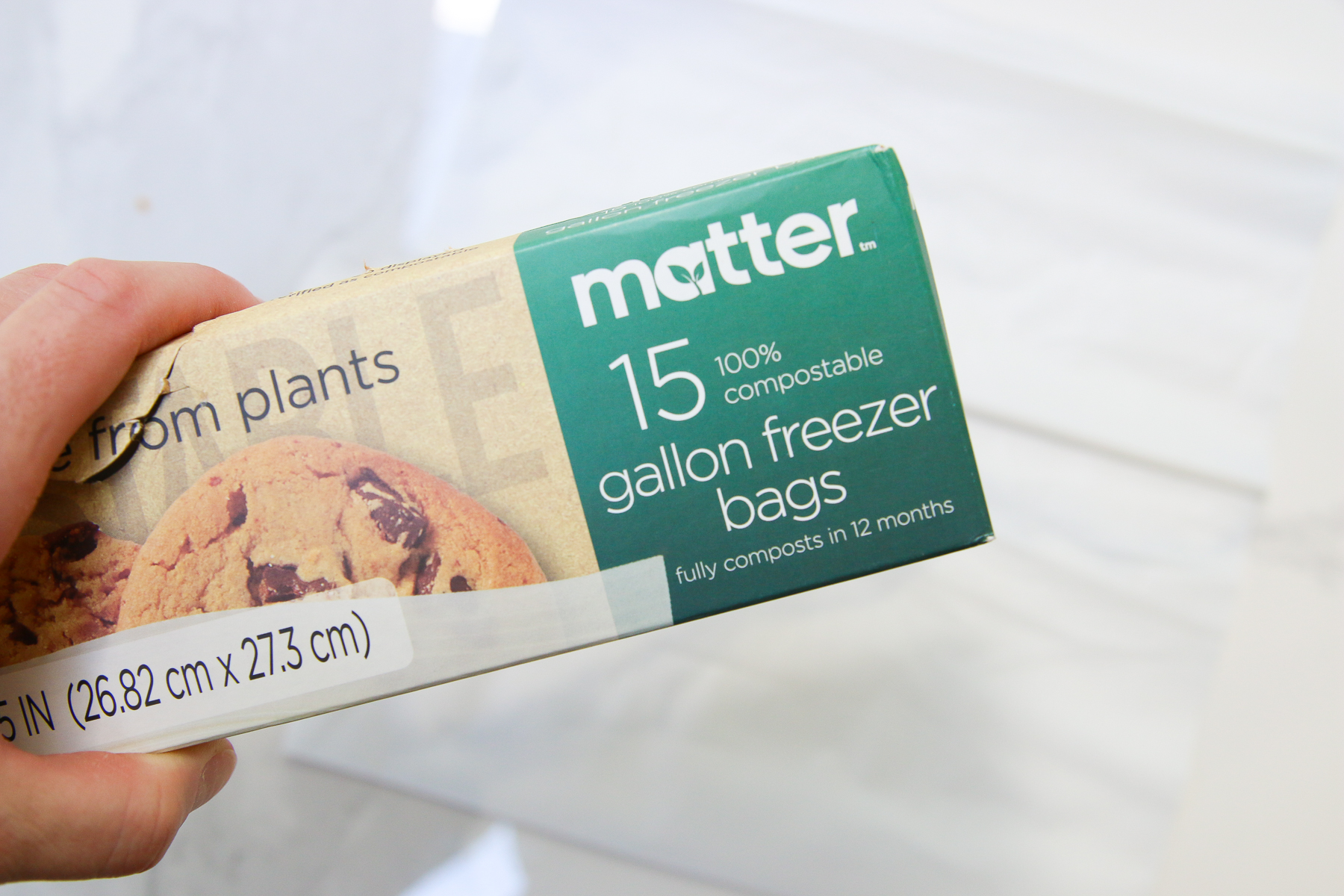
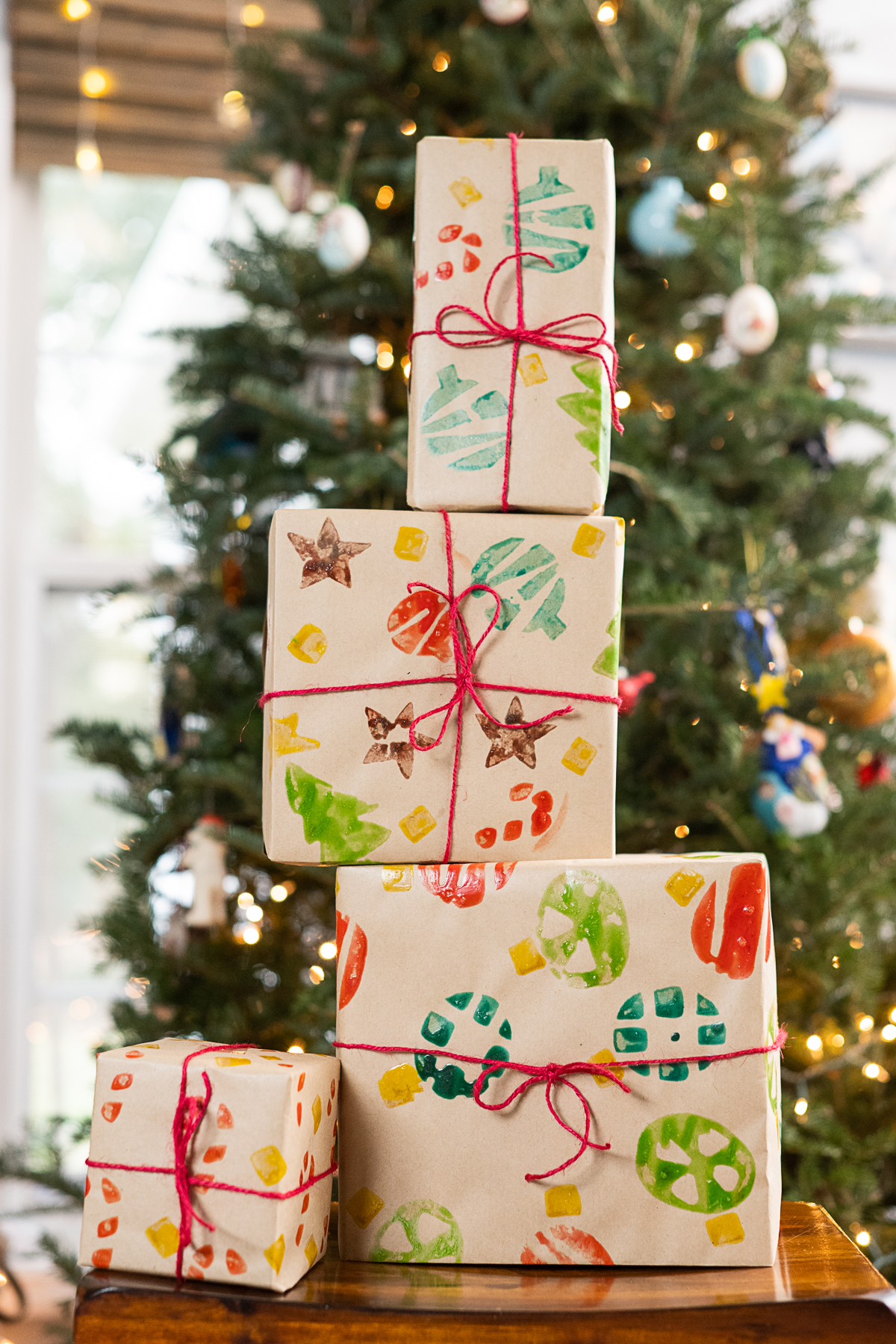
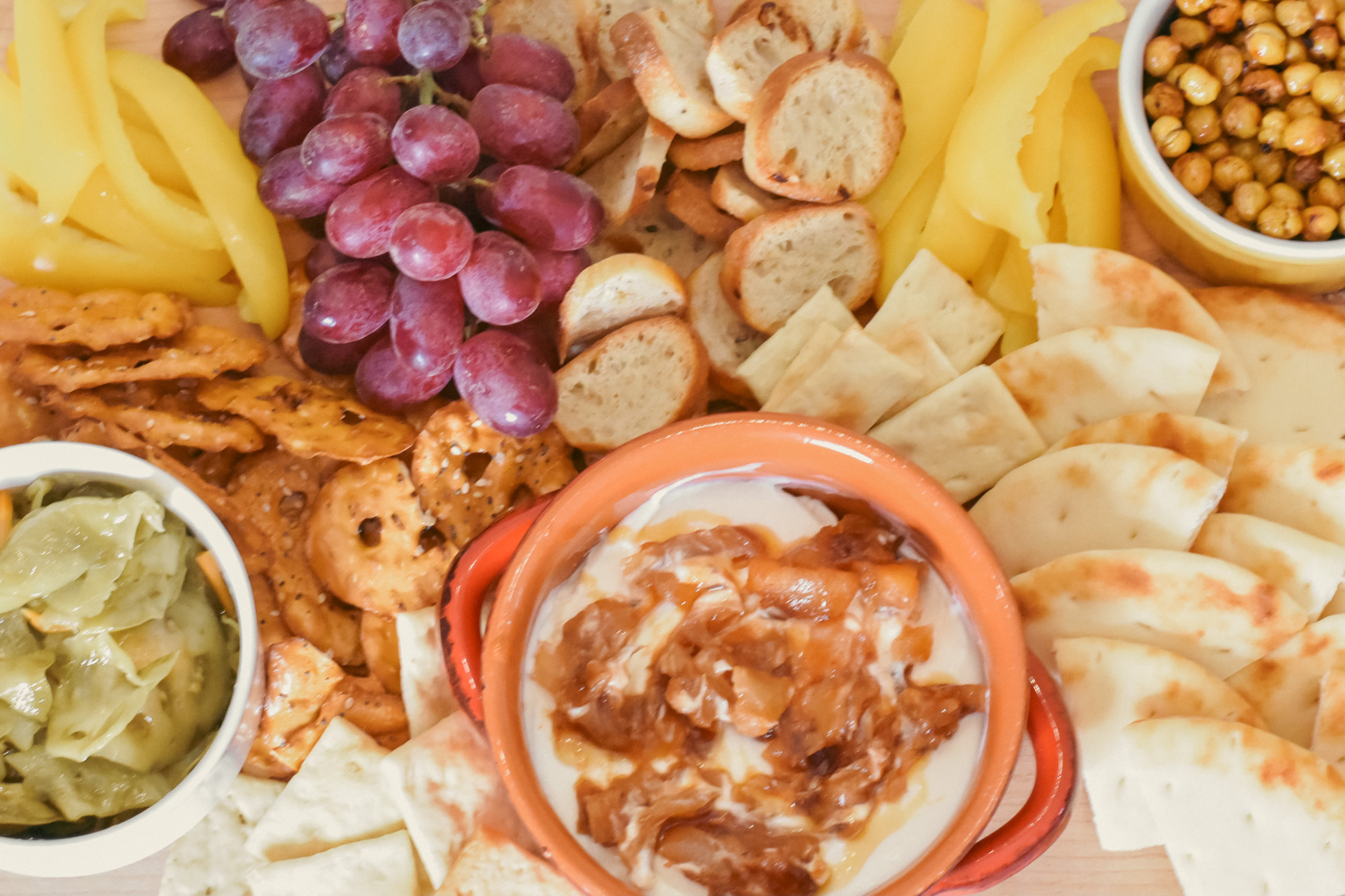
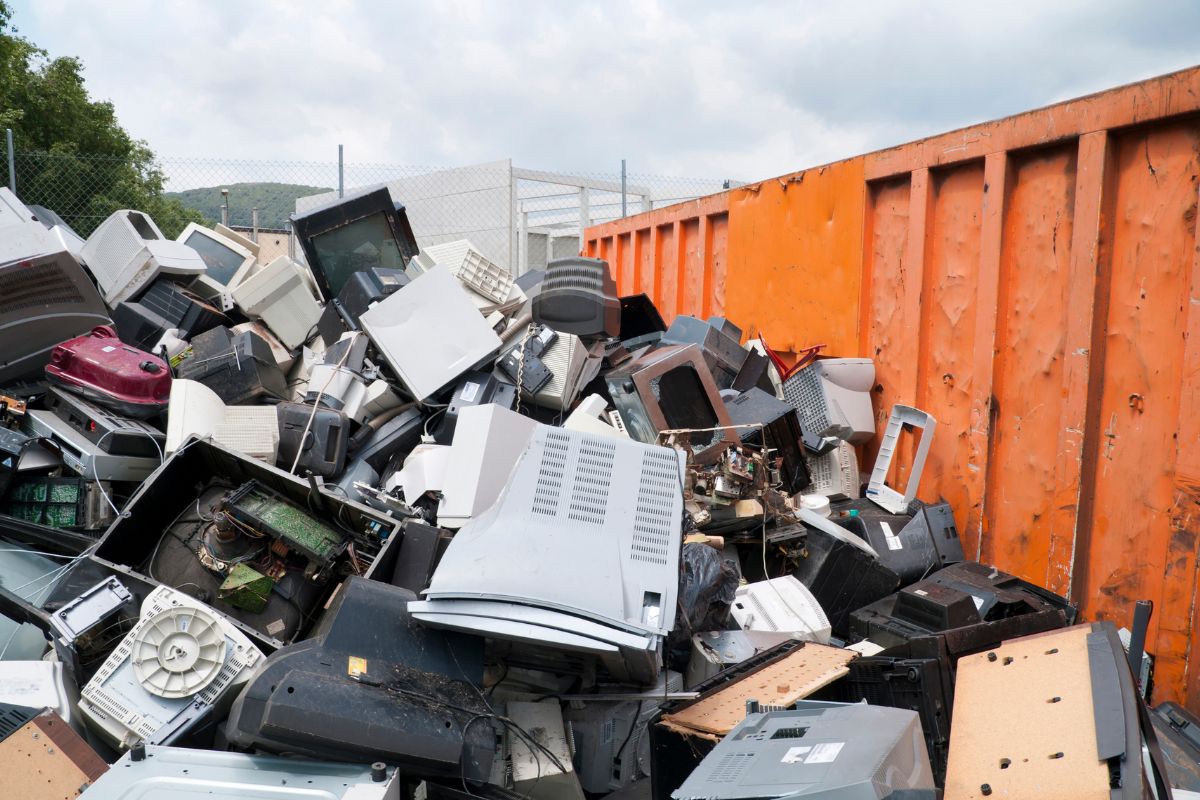

Wonderful article , just what I was looking for! Thank you for providing in-depth data on the brown matter required for composts!
So glad you found it helpful!
Perfect! I’m a newly budding composter (literally setting up our compost pile today) and this was exactly what I was looking for — thank you!
So glad this was helpful!
Thank you! I have lots of cardboard but wasn’t sure if that would be good enough. Wish me luck!
Happy to help. 🙂
Sawdust!
I have a roll of brown paper I was using for a home spray painting project and I was wondering if I can use that in my worm bin if I shred it?
If it has regular spray paint on it, the paint would likely contaminate your compost, so I would recycle that instead.